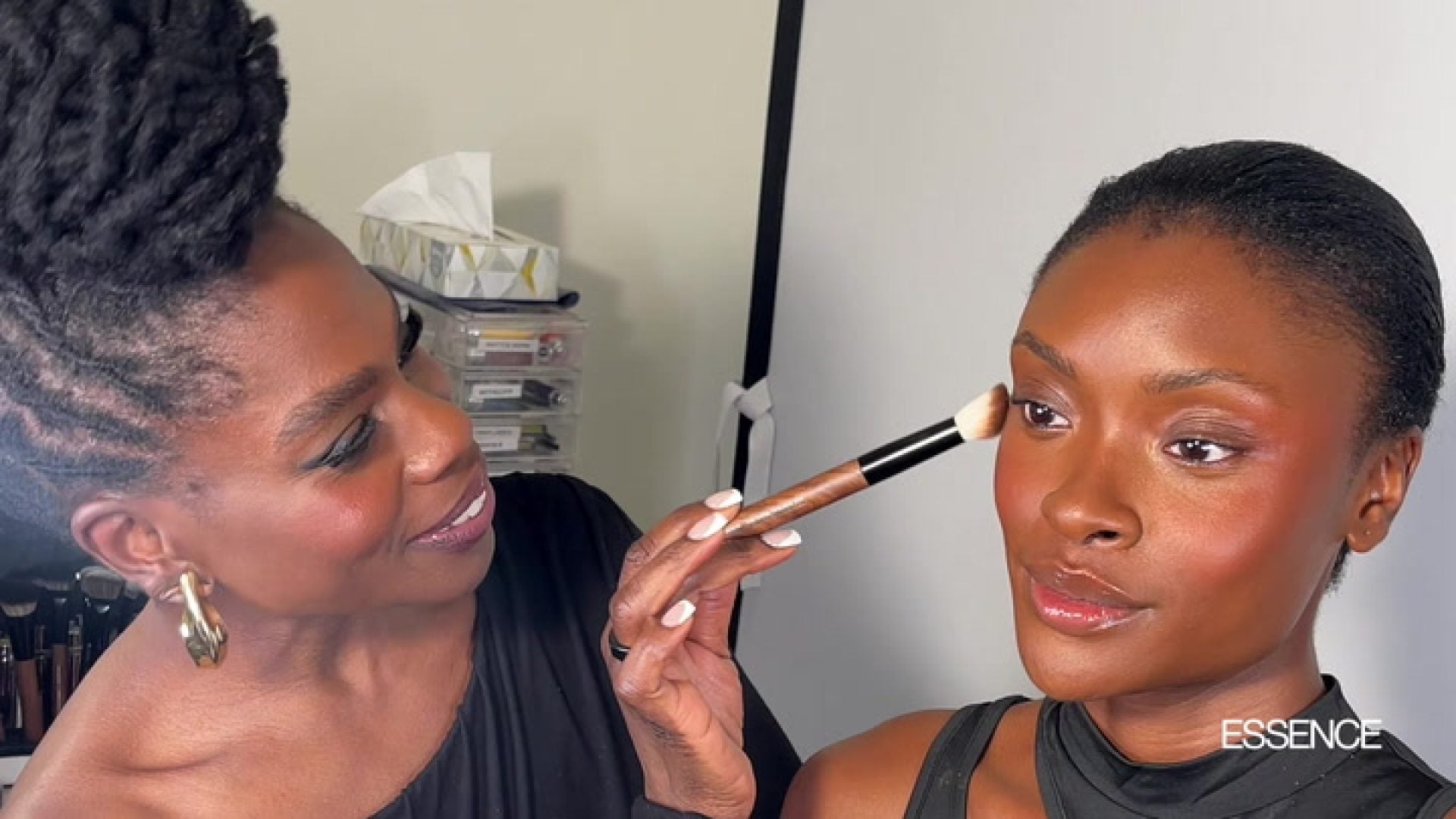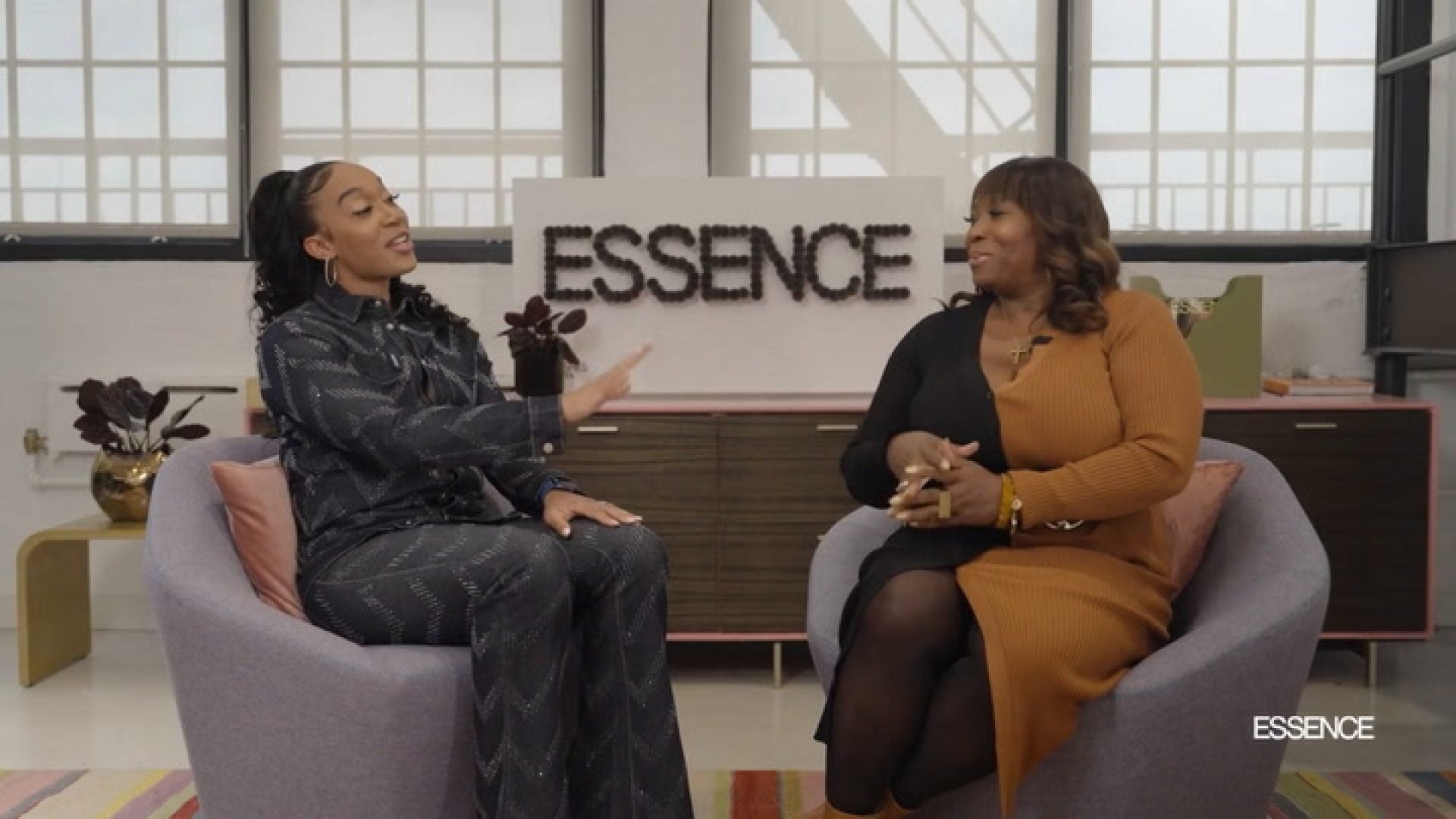
Financial healing is the first step to building long-term wealth and true financial confidence, but many of us overlook this crucial step and find ourselves battling cycles of financial dysfunction all of our lives.
I know this true, at least true for me. I used these three steps to move my money story from one of scarcity and limits to one of power and possibility.
Try them out and see if it will help you rewrite your money story for the better.
Step 1: Understand the impact of your childhood financial identity has on your current money behavior
Each of us inherited a money mindset from our parents whether we’re conscious of it or not. Much of my financial worldview came from my mom. And her money story as an adult was largely tied to a love story that ended with a broken heart: my father left his young family to pursue a life as a rolling stone.
In the process of abandoning his family, he created financial chaos along the way. My mother became a reluctant emotional caregiver and breadwinner in one fell swoop. She preached that men are never to be trusted with a woman’s heart or her money and that there was never enough money to go around (ever), so hold (super) tight to what you have.
This money thinking created a culture of financial panic and paranoia in my life despite my dogged attempt and success at saving close to every penny I ever earned.
Your childhood money story may be similar to mine or the exact opposite. In either case, it’s important to note and name the roots of your money behaviors so you can compassionately critique their validity and helpfulness in achieving your current money goals.
Step 2: Create an empathic lens to re-evaluate the money messages and stories you learned
On the surface it appeared that I solely possessed a money hoarding and fear-based approach to money. A deeper reflection on the totality of my mother’s money conditioning also showed that my mother pushed for academic excellence, taught me to be outspoken, and exposed me to the world through travel and theatre. She also encouraged me to invest in my appearance—taking care of my skin and wearing clothes that celebrated my curves were a must.
This is to say that the bigger, more holistic picture of my financial landscape reminded me that I was a boss. A boss that needed a healthier perspective on risk-taking in love and money, but a boss, nonetheless.
When thinking through the various money messages you inherited, approach the work from a place of curiosity and evenhandedness. Even the most seemingly negative money messages and stories when taken into context, can offer a positive component.
Step 3: Rewrite your money stories and behaviors into more thoughtful and empowering ones
I’m writing the new chapters of my money story as we speak. I often look back at my previous thinking about money in order to examine if those money messages will have a place in my current financial beliefs.
For example, as I grow and invest in my own company, I bump into previous money messages that want to steer me away from shooting my shot and dealing with possible rejection and disappointment. Messages that helped me become a diligent saver and seek security now have to be moved to the backburner as I learn to embrace uncertainty and manage risk, not avoid it as an entrepreneur.
For you, an empowered rewrite may ask you to focus on your ability to save, to trust family and friends with money, or even trust yourself with handling conflict or discomfort.
The process of rewriting your money story is not easy, so be gentle with yourself. It will happen as you encounter new money situations that feel foreign to you. It will also happen when you blossom into your best self and your past financial worries or preoccupations don’t have the same hold over your emotions as they once did.





